Human Resources management has become a tightrope challenge in the current climate. The daily routines of all of our workforces have been upended, as employees must now work from home. Subsequently, HR departments struggle to manage all the disparate tasks that are spread out over an impossibly large landscape of both distance and stress, in this new remote work community. HR management doesn’t have to be an overwhelming task though. With the help of some simple tools you can optimize your own work, and that of the employees, and carry out the core functions of your responsibility as their go-to person for nearly any work-related issue.
Integrate with an HRIS as quickly as possible for high efficiency.
The HRIS (Human Resources Information System) framework essentially encompasses the entire landscape of working within HR. With solutions like those from Arcoro, many of the tasks that you perform on a regular basis can be automated. This makes your daily grind far easier, and it also catalogues the information that other employees need quickly, making their tasks run much more smoothly as well.
An HRIS is designed to assist in a number of key roles in your overall HR function in the workplace. Starting from the top, this framework is ideal for recruiting and onboarding new hires. There is an average of 118 applicants to any posted job, which means that during the recruitment process, there is an average of 118 sets of unique data to comb through, in order to progress candidates to an interview stage. The screening and hiring process can be an HR manager’s worst nightmare, as dealing with all these candidate profiles can really numb the mind. But an HRIS infrastructure takes care of this for you. It goes about the task of screening applications, sending automated emails of interest or delicate rejection at your command, and can even automate the scheduling process for interviewing top talent. In addition, an HRIS catalogues and securely stores applicant information in your database, meaning there is no need to conduct additional data capture for new hires, in order to complete their employee profiles. The data points are simply migrated from one facility in the system to another.
Another great feature is in the payroll process. A good quality HRIS is scalable, and integrates secure employee data with payroll functions, merging all related salary functions into one easy-to-use space. Utilizing this infrastructure can help you reduce overlaps and other errors, that can really erode employee trust in the workplace. Ensuring a smooth pay process is an essential function of the HR and accounts departments, and will go a long way to creating a work environment built on mutual respect and trust. It’s a simple thing, but without the support of a system designed for efficiency behind you, it’s incredibly easy to make costly mistakes.
Utilize efficiency frameworks like the OKR approach to boost productivity across the team.
OKRs are a powerful approach to business management at all levels. OKRs are ‘Objectives’ and ‘Key Results,’ and are used to great effect in the Google framework of task creation and team management. Essentially, your team creates an overall objective and then highlights three to five milestone events on the route to achieving it. These are binary, yes-or-no answers, and are therefore easily measurable. The OKR framework (see workboard.com for detailed integration strategies), helps teams of all sizes get the best results possible by identifying the prize and seizing on smaller victories along the way. Due to the varied nature of HR work, this is a compelling tool for building better processes, both within the department and in outward-facing tasks.








